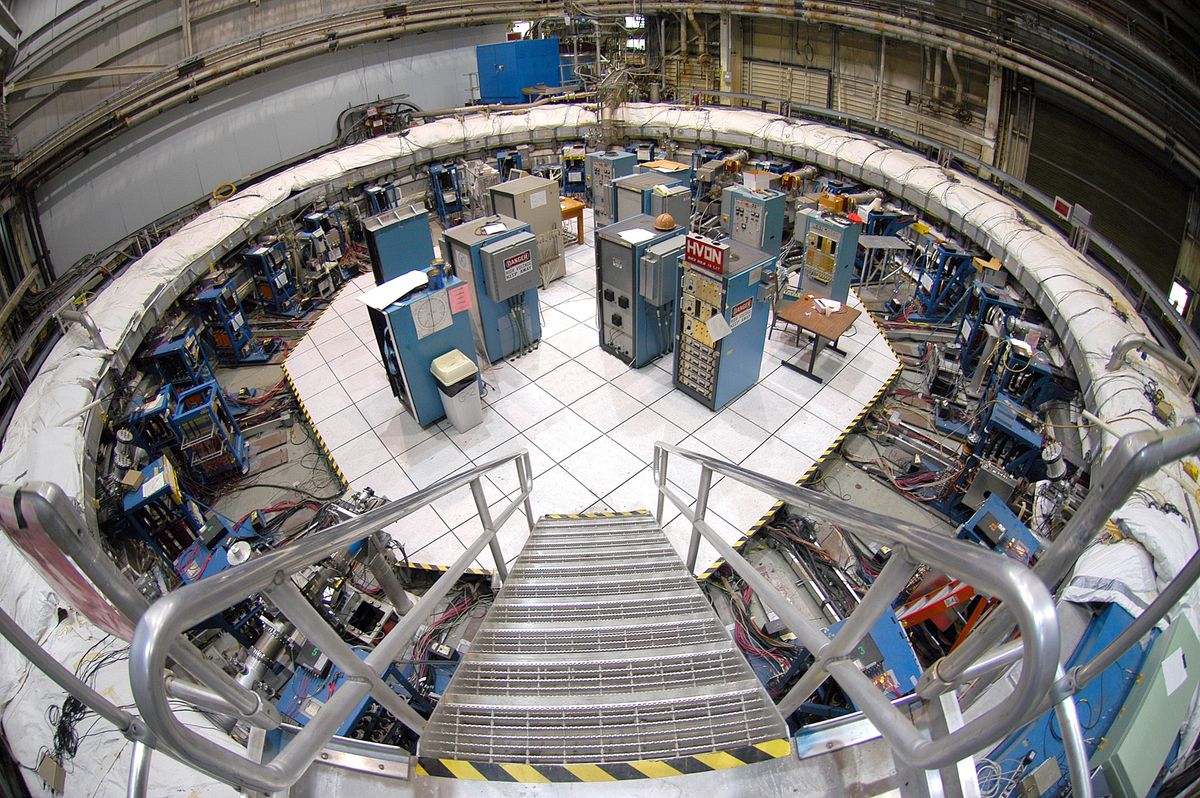
3,000-Mile Move of Major Electromagnet Delayed

The move of a huge particle storage ring from New York to Chicago has been delayed one week due to bad weather.
Yesterday (June 16), the muon g-2 experiment was set to begin a 3,200-mile (5,000-kilometer) voyage from Brookhaven National Lab on Long Island to Fermi National Accelerator Laboratory outside of Chicago, according to ScienceInsider. But heavy rain and strong winds last week made the necessary prep work for the move impossible.
The 14-ton (12.7-tonne), 50-foot-wide (15-meter-wide) ring-shaped electromagnet is now scheduled to crawl across the lab's campus on Saturday (June 22) and get slowly towed overnight Sunday to a marina on Long Island's south shore, ScienceInsider reported. After being loaded onto a barge, the instrument will sail down the East Coast, around the tip of Florida, and make its way up the Mississippi. The journey is expected to last four to six weeks.
The route may sound circuitous but labs officials have said it's the cheapest and safest way to get the storage ring to its new home. Earlier experiments at Brookhaven suggested that muons — exotic subatomic particles that exist for just 2.2 millionths of a second — did not behave as predicted by the Standard Model, the reigning theory of particle physics. Scientists are hoping to further investigate this discrepancy at Fermilab, which can generate a more intense, pure beam of muons.
Follow Megan Gannon on Twitter and Google+. Follow us @livescience, Facebook & Google+. Original article on LiveScience.com.
Sign up for the Live Science daily newsletter now
Get the world’s most fascinating discoveries delivered straight to your inbox.










